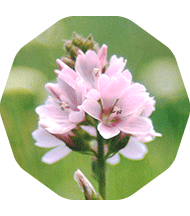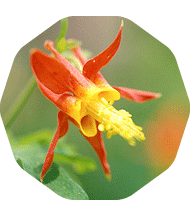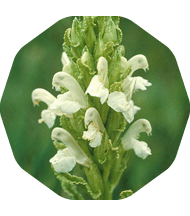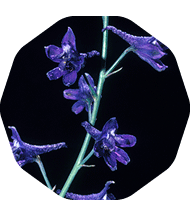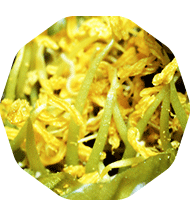
Opuntia echinocarpa
The silver cholla, Opuntia echinocarpa, is named for the halo of spines that cover its intricately branched arms. This cactus is found in dry habitats below 6,000 feet from Mono County south to Baja California. Photo courtesy of the UC Natural Reserve System.
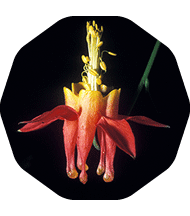
Aquilegia formosa
The Northwest crimson columbine (Aquilegia formosa) is one of three columbine species native to California. Image courtesy of the UC Natural Reserve System.
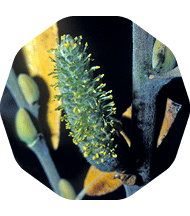
Willow catkin
The willow catkin is native to California's streamside, riparian habitats. Photo courtesy of the UC Natural Reserve System
